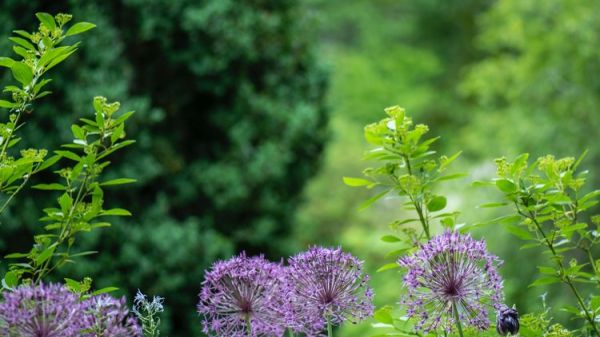Plant Identification for Wildlife Biologists (Online)

COURSE DESCRIPTION: Plants structure ecosystems and provide habitat and food for wildlife. As such, identifying and classifying plants are essential skills for wildlife biologists but are often underemphasized in wildlife curriculums or overlooked altogether. This course gives students a foundation in the practical skills needed to identify and classify plants in their location of interest (e.g., study area, forest, park, management unit). Students will learn how to define characteristics of plants, classify plants into major plant groups and common plant families, and use technical keys to identify plant species from their local areas. By the end, students will produce a digital plant collection for their location of interest. Credit from successful completion of this course can be used to earn professional certifications (e.g., The Wildlife Society’s Certified Wildlife Biologist®) and meet the minimum educational requirements for federal and state wildlife biology jobs that require formal education in botany and the related plant sciences.
PREREQUISITES: None
FORMAT: Students will take the course at their own pace over a four-week period. The course is divided into discrete competency-based modules composed of pre-recorded lecture material and hands-on exercises which may require visiting your local wildlife habitat. Student interaction and instructor feedback will be provided in the form of online discussion forums and live Q&A. Each student will also have the opportunity over the last 2 weeks to meet with the instructor via video consultation to discuss their individual projects from school or work.
TOPICS:
- Major plant groups, from mosses to flowering plants
- Structure and terminology of flowers, leaves, and stems
- Identifying trees and shrubs
- Identifying herbaceous plants
LEARNING OUTCOMES:
After taking this course, students will be able to:
- Collect, press, and photograph particular parts of a plant to help plant identification
- Use plant keys to systematically identify plant specimens
- Organize specimens in a digital plant collection for your study area
DATES: May 22 - June 18, 2023
CONTINUING EDUCATION CREDIT: This course has been approved for continuing education by (1) the Ecological Society of America for 4 CEUs in Category I(a): Scientific Education and Training (in review), and (2) The Wildlife Society for 16 CEUs in Category I of the Certified Wildlife Biologist® Renewal/Professional Development Certificate Program.
SCHOLARSHIPS: Scholarships are available to participants residing in and training in countries designated as “lower income” and “lower middle income” in the World Bank List of Economies. Please visit our World Scholars Program page for more details.
